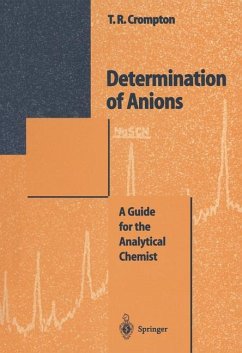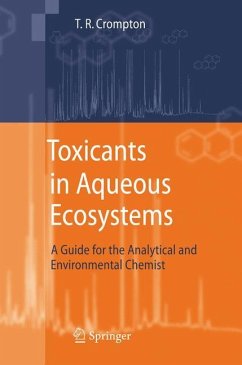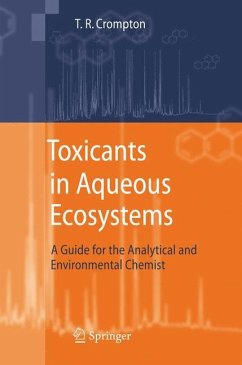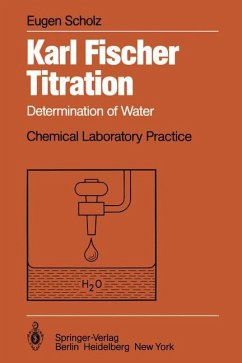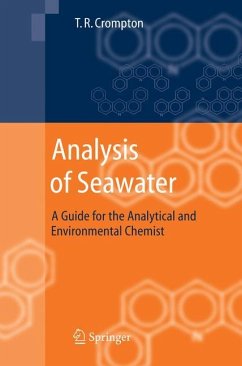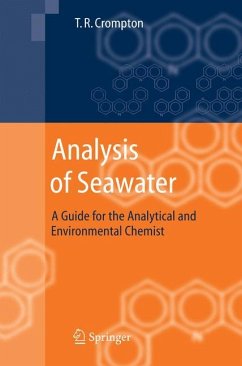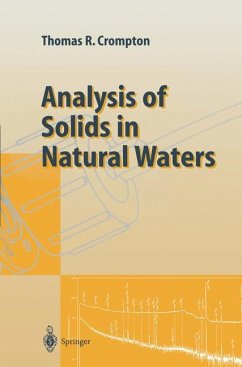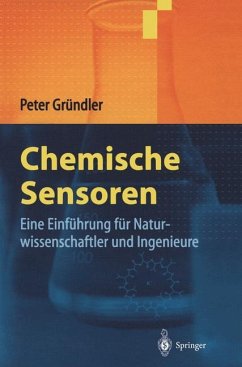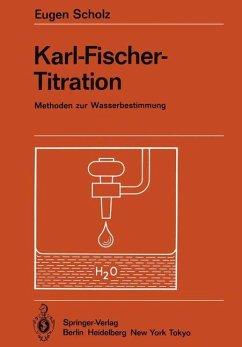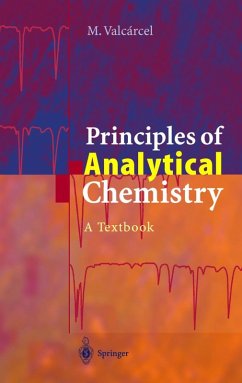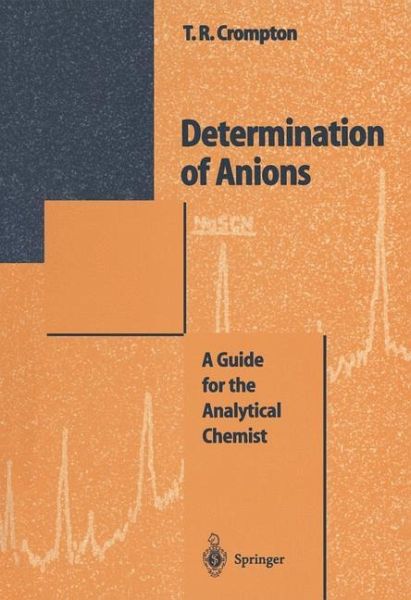
Determination of Anions
A Guide for the Analytical Chemist
Versandkostenfrei!
Versandfertig in 1-2 Wochen
229,99 €
inkl. MwSt.
Weitere Ausgaben:

PAYBACK Punkte
115 °P sammeln!
The author has drawn together almost all published methods since 1975 on the determination of anions in all types of matrices. He presents the methods in a logical manner so that the reader can quickly gain access to the method and types of instrumentation available.



